My husband has just managed to spread discarded post-harvest olive leaves over the garden when the rain started; by the early afternoon, the rain had turned into snow.
... in such a way that all that precious organic spinach growing in the garden was in danger of suffering severe frostbite.
Our snow-covered garden
Snow is fun to look at, but it's very damaging to vegetable gardens in the Mediterranean. We began pouring water with a hose over all the crops so that the frost damage could be minimised. But alas, the water was so cold and icy, that the snow on the crops just kept crystallising. The other alternative was to pull out the spinach, which was ready to pick in any case, and process it in any way we could.
After bringing it into the house, we put it in the bath tub to warm it up and wash it - there was no other space large enough to accommodate it!
Such high-quality fresh produce, raised purely on natural fertiliser, must be used wisely. Organically grown pesticide-free produce, grown with natural fertilisers and rainwater, without the use of any kind of chemicals, costing only the personal labour invested, is very hard to come by these days, and it's a shame to let it go to waste. After making some spinach-mizithra kalitsounia with some home-made pastry...
I always make kalitsounia in large batches because they freeze well, and they require a lot of work. Mine never really come out looking very pretty, but in home cooking, taste matters more.
... I was still left with some spinach-and-cheese mixture. Just the idea of kneading and rolling out more home-made pastry made my hands hurt. Spinach-cheese filling lasts for a couple of days in the fridge, so I waited till after the weekend to buy some filo pastry and made some strifti (twisted) pies, which freeze well.
Working with filo pastry can be a nuisance because the filo is very fragile - but this has no effect on the end result...
... which is always delicious.
In this way, I managed to use up the spinach-mizithra filling, but not all the store-bought filo pastry. This is a persistent dilemma in my kitchen: either there is too much pastry, or too much filling left over! Filo pastry stored appropriately (keep it away from moisture, don't leave it unwrapped as it dries out and cracks) lasts for up to ten days in the fridge.
The following week's menu contained chicken pie, prepared in a similar way to the meat pie often made in Crete at Easter. This pie uses a yeast-based dough made with the stock from the boiled chicken, whose meat is then used to fill the pie, along with a variety of cheeses. The pie was a resounding success, but once again, I ended up with leftovers: instead of extra pastry, this time I was left with some extra chicken-and-cheese filling.
Leftovers from two different pie-making rounds (the beaten egg did not end up being used in my fusion creations).
I could have baked another chicken pie using the remaining filo pastry, but that would mean cooking the same meal again, and a little too quickly after the last time I had served it. The more you have something, the more boring and common it becomes, even if it is made from fresh high-quality ingredients. My most interesting home cooking usually involves thinking up of ways to use leftover ingredients. Wontons - I haven't had those in ages - came to my mind: crisply fried bite-sized pastry filled with just about any filling that takes your fancy, made with anything at hand, and dipped in a hot sauce. With a bit of advice from Facebook friends and a whole host of graphic ideas from the internet, it wasn't too difficult to fuse a variety of culinary ideas and create an original Asian-inspired meal out of my leftovers.
The filo pastry was cut into squares: one square was laid on top of another, as filo pastry is thinner than wonton pastry, and it would not have been strong enough to withstand the weight and density of the filling.
A teaspoon of filling was placed in the centre of each square, which was then sealed like a 'pouch'. This formed a sturdy packet when deep-fried. The cooked wontons were then placed on a bed of spicy tomato sauce. When I presented these photos on my Facebook page, my favorite comment was from a Greek-Chinese Facebook friend: "These look SO Chinese!"
I often find myself fusing local ingredients with various culinary techniques because this is the closest I can get to my favorite tastes, the kind of food that I once used to order from a take-out before I lived in Greece. Leftovers also work very well in Asian-Mediterranean fusion meals, as in my spring roll kalitsounia and pad Thai creations. Possibly due to the wide variety of fresh food grown on the island, such meals aren't difficult to recreate in a Mediterranean kitchen or adapt them to Cretan cuisine; most herbs and spices from all cuisines are available in various forms, and local herbs and spices can also replace them, giving a more homely taste to a new culinary creation.
The Indian samosa is generally a spicy vegetarian filled fried pastry triangle. Due to time constraints, I decided to stick to my regular half-moon shapes when I made mine (rather than learn a new way to filling pastry). I made my Indian-flavoured pasty pie using leftover boiled chicken, with cubed par-boiled potato, chopped onions, crushed garlic, and a mixture of appropriate spices (crushed fennel seeds, crushed cardamon seeds, chili pepper, cumin, fresh ginger). Samosa dough is not much different to Cretan pastry; a firmer (and darker) dough is made by adding vinegar and wholemeal flour. Although not strictly a samosa, my Indian-flavoured kalitsouni (or Cretan samosa, or even Indian-flavoured Cornish pasty) creation could be used as the basis for a Greek-style samosa by changing the spices.
On a funnier note, my son (whose culinary preferences are very limited) grabbed one of my samosas without a second thought: he had no idea of the contents, but the shape, to him, was unmistakeable! I knew what would happen after he tasted it: and it did happen - can you blame him?!
*** *** ***
The idea behind fusion in cuisine is, generally speaking, the combination of the culinary traditions and ingredients of two or more cuisines to create a novel dish rather than a whole new cuisine, with its own set of rules. Wisegeek and Wikipedia both define the term just as loosely as the creations that often come out of fusion cuisine. My own examples of fusion cuisine are founded in Wikipedia's third definition: foods with a form based on one cuisine, but prepared using ingredients and flavors inherent to another cuisine. The most important aspect of successful fusion cuisine is that it is based on cultural groupings of cuisine, and not just the whims and fancies of a creative chef: the latter is often jokingly referred to as 'con-fusion cuisine', which to my mind is a good term to describe some crazy recipes that use a mish-mash of ingredients and techniques that do not seem to blend together. Food bloggers are the biggest culprits of this kind of creative cuisine: since when did white wine, saffron, whipping cream, Greek yoghurt, harissa, fennel seeds, paprika, cocoa powder and mastic gum ever come together to form a chicken mole served with fettuccine*?!
Permanent fusion cuisine is more likely to take place when different cultural groups are in constant contact with each other. An inter-racial marriage can unknowingly become an instigator of a more successful fusion of cuisines, possibly out of a desire to please a spouse, by marrying the cooking skills one possesses with the availability (or not) of ingredients. Such cuisines do not always become documented if they stay in the home at a personal level, and the home is where they may stay. Just like the most fluent bilinguals, the most fluent 'bi-cuisinals' will probably have been immersed in the two (or more) cuisines that they work fluently in and out of. That's basically why I'm not bi-cuisinal in New Zealand and Greek cuisine. I grew up in a household that used the food products grown and imported by one country, which were prepared and cooked in the manner of another culture. I haven't a clue how to make gravy. Why should I? My mother never made it, I probably ate it less than half a dozen times in my life, and I don't think my family feels the need to discover it.
I found these Mediterranean-filled spring rolls on the menu of a local pizza-pasta restaurant, the kind of place one would expect to see fusion/global food trends; we all take delight in seeing something new in our food when we eat out.
Fusion cuisine is not actually a new idea; it has been happening since time immemorial as groups of people invaded new territories and discovered new ingredients as well as picking up new cooking techniques. The fusion of culinary regimes is probably how various modern-day cuisines developed, even though they are never called 'fusion' cuisines; for political purposes, we like to name our cuisines according to the name of the country or race we associate ourselves with. Cuisine fusions have continued right up to the more peaceful contemporary times with migration. Hawaiian local food sounds like a good example of a harmonious form of fusion cuisine. But the development of new cuisines is now increasingly disappearing, with the inevitable move towards global eating habits: as the world develops, there are few places left where people can't generally eat anything, anywhere and at any time these days.
The Christmas menu at this taverna (located in an area where there are many resident Brits) represents a fusion of Greek cuisine with foreign ingredients, veering towards global eating trends, presented in the style of a French menu: curry pork souvlaki, chicken strips cooked with cheddar and bacon, pork and apple cooked with prunes, roast potatoes with mustard and bacon, brownies and martini for dessert; this menu is specifically geared towards the foreigners living in the area, but it may even be an enjoyable experience for the locals that attended with them.
Various internet sources will tell you that the fashion in fusion cuisine began with the blending of European (Western) and Asian cuisine, two radically different cuisines in taste, technique and texture, whose common ground is based on the wealth of fresh ingredients used in their traditional food. Modern Greek restaurant cuisine as the West knows it (as opposed to the personal kitchens of the modern-day Greeks) is probably a fusion development of some kind between Mediterranean and Asian-Minor cuisine; neither are purely European or Western cuisines in the first place, and they were both originally developed from their own roots and conquerers. One of the more interesting and more recent fusions I've heard about is the Chinese-Indonesian restaurant tradition in Holland, due to the occupation of Indonesia by the Dutch, which has altered Chinese restaurant food in the Netherlands, giving rise to novel dishes like Chinese kebabs with peanut sauce. It's easy to argue that this kind of cuisine is more like a 'dialectal' version of the original cuisines used in the fusion, rather than a new whole cuisine, but that depends on the way the words 'fusion' and 'cuisine' are understood. Some would even argue that there is no such thing as cuisine, in the same way that they may argue that there is no such thing as a separate Greek cuisine, claiming instead that it is Turkish/Ottoman in its origins.
*I have purposely omitted the link here.
©All Rights Reserved/Organically cooked. No part of this blog may be reproduced and/or copied by any means without prior consent from Maria Verivaki.

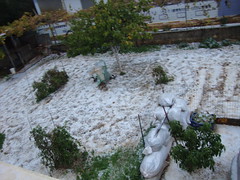
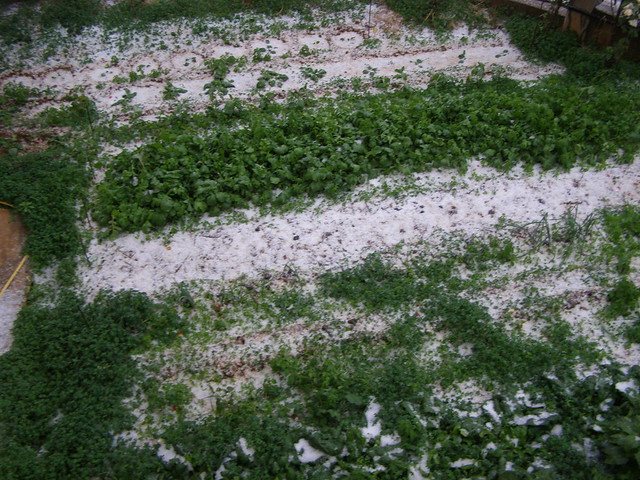
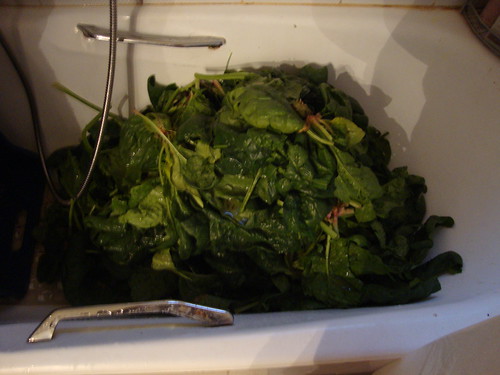
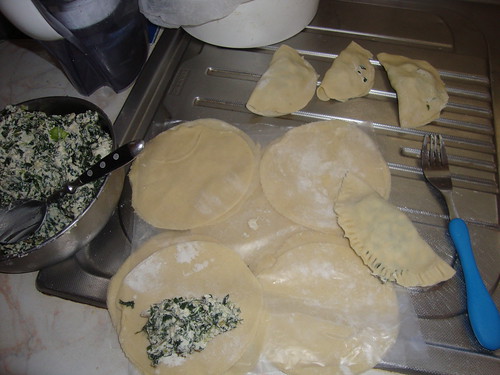
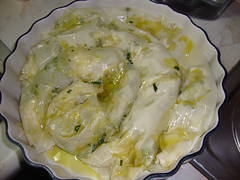
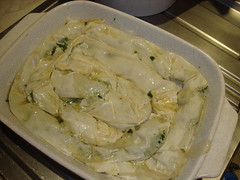
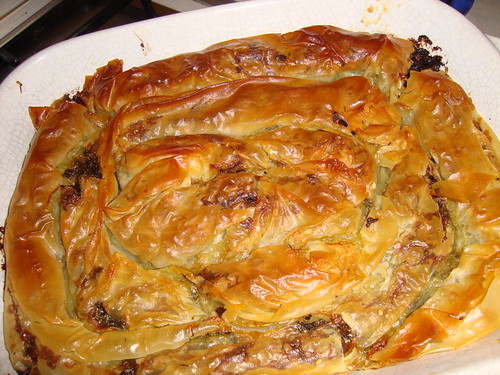
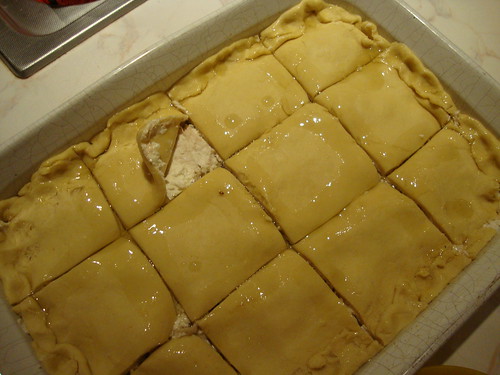
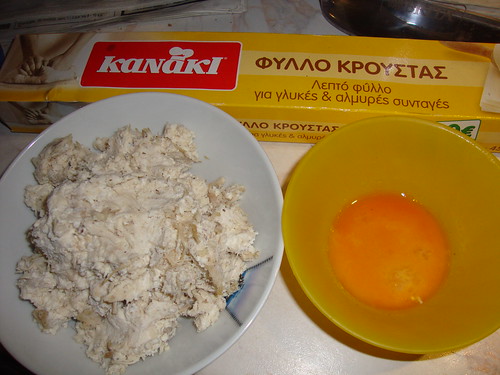
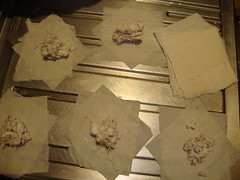
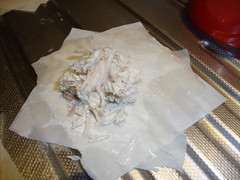
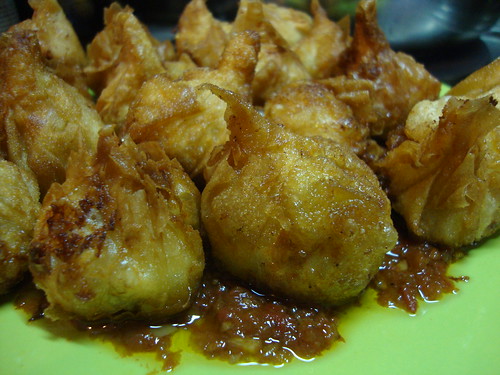
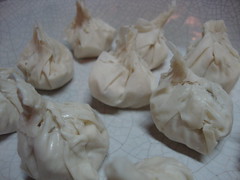
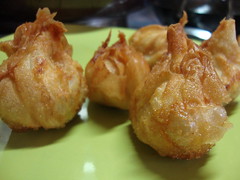

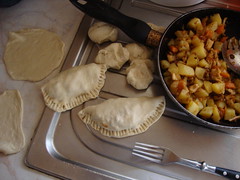
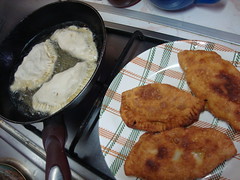
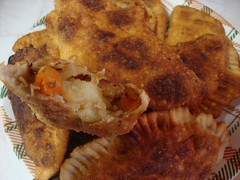
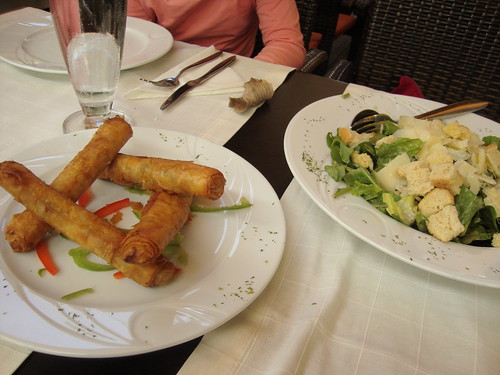
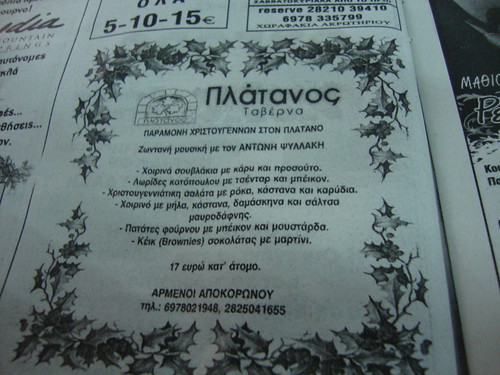
Happy New year, dear Maria
ReplyDeleteI would happily eat any of your cooking that you shpowed in this post. Thank you for a wonderful "read" about Greek fusion cooking.
Keep warm and cosy, Michelle and Zebby Cat
Happy New Year from me too!!!
ReplyDeleteHow can you make so delicious pies in Crete and the smell arrived here? Ow...I wish I had some of them, hot and crispy!!!